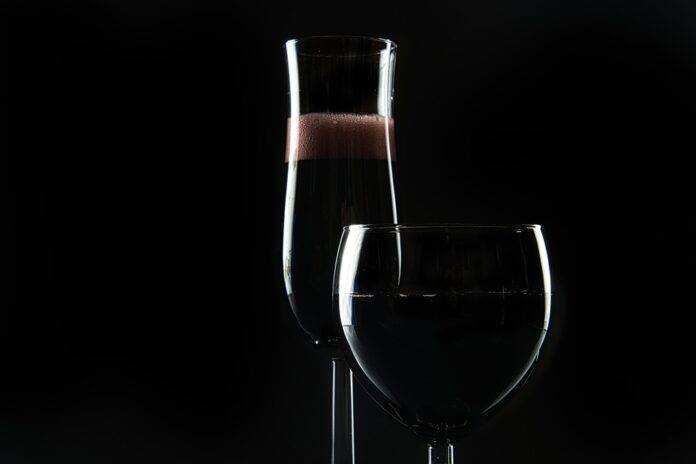Introduction
Ribera del Duero, located in the heart of Spain, is renowned for its exceptional wines produced from the Tempranillo grape. The region boasts a rich winemaking tradition that dates back centuries, but in recent years, modern winemaking techniques have also gained popularity. This report will delve into how modern and traditional winemaking coexist in Ribera del Duero, exploring the unique dynamics that shape the region’s wine industry.
Traditional Winemaking in Ribera del Duero
Ancient Roots
Ribera del Duero has a long history of winemaking, with evidence of vine cultivation dating back to Roman times. The region’s favorable climate and diverse terroir have made it ideal for grape growing, particularly the Tempranillo grape, which thrives in the arid soils of Ribera del Duero. Traditionally, winemaking in the region has been a labor-intensive process, with many vineyards still using manual methods for grape harvesting and production.
Old-World Techniques
Traditional winemaking in Ribera del Duero is characterized by its adherence to old-world techniques. Many wineries in the region still ferment their wines in large oak barrels, a practice that imparts complex flavors and aromas to the final product. Additionally, extended aging in oak barrels is a common practice in Ribera del Duero, with some wines spending several years maturing before being released to the market.
Modern Winemaking in Ribera del Duero
Technological Advancements
In recent years, modern winemaking techniques have made their way into Ribera del Duero, bringing with them a new level of precision and efficiency. Many wineries in the region now use state-of-the-art equipment for grape sorting, fermentation, and aging, allowing them to produce high-quality wines with greater consistency. Modern winemaking practices have also enabled winemakers to experiment with different grape varieties and styles, expanding the diversity of wines available from Ribera del Duero.
Sustainable Practices
Modern winemaking in Ribera del Duero is not just about technology – it also encompasses a commitment to sustainability and environmental stewardship. Many wineries in the region have adopted sustainable practices in their vineyards and production facilities, such as organic farming methods and energy-efficient equipment. By prioritizing sustainability, winemakers in Ribera del Duero are not only preserving the region’s natural resources but also producing wines that reflect a sense of place and terroir.
Coexistence and Collaboration
Blending Tradition and Innovation
While traditional and modern winemaking techniques may seem at odds, in Ribera del Duero, they coexist harmoniously. Many wineries in the region have found ways to blend the best of both worlds, incorporating traditional methods with modern technology to create wines that are both authentic and innovative. For example, some wineries ferment their wines in oak barrels while using temperature-controlled stainless steel tanks for aging, striking a balance between tradition and innovation.
Collaborative Spirit
Another key aspect of how modern and traditional winemaking coexist in Ribera del Duero is through collaboration. Winemakers in the region often share knowledge and resources, working together to improve techniques and quality standards. By fostering a spirit of collaboration, Ribera del Duero has created a thriving wine community that embraces both tradition and innovation, ensuring the continued success of the region’s wine industry.
Conclusion
In conclusion, the wine industry in Ribera del Duero is a fascinating blend of tradition and innovation. While the region’s winemaking roots run deep, modern practices have brought new opportunities for growth and creativity. By embracing both traditional and modern techniques, winemakers in Ribera del Duero have created a dynamic and diverse wine scene that continues to captivate wine enthusiasts around the world. As the region looks to the future, it is clear that the coexistence of traditional and modern winemaking will remain a defining characteristic of Ribera del Duero’s wine industry.




